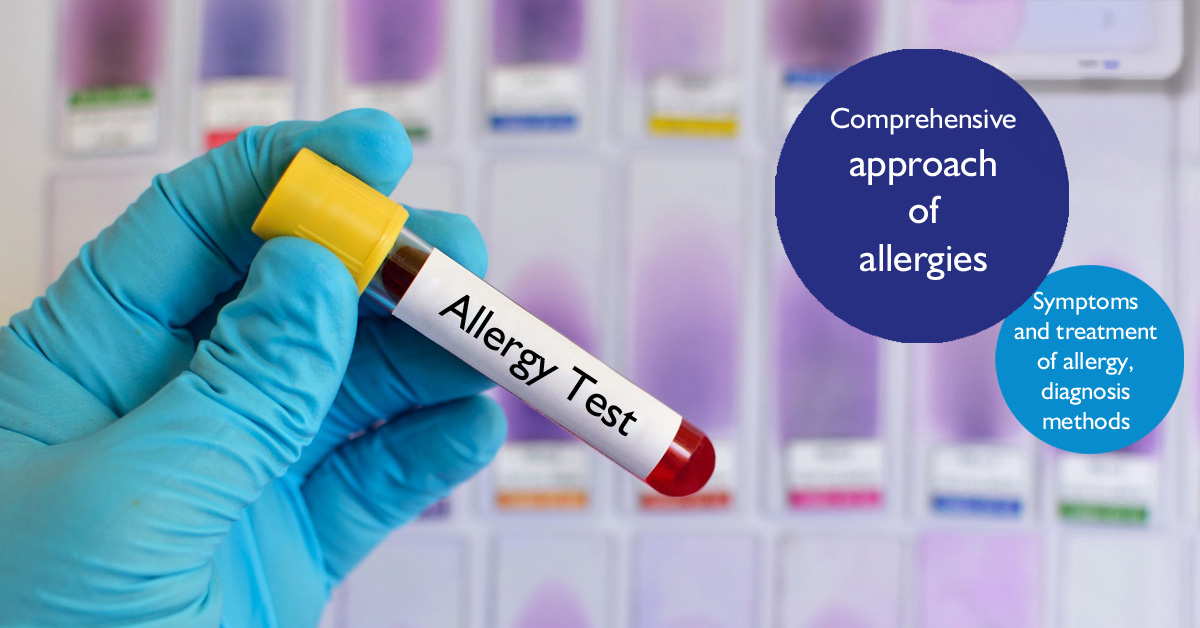At least a third of the population suffers from allergy symptoms and their numbers increase by an average of 2-4 percent each year. Knowing the numbers and who are suffering from the illness it is understandable that we pay more attention to the subject.
To understand the causes how allergy develops, we need to know that our immune system produces antibodies to disinfect bacteria, fungi, and viruses in our body. Allergy is an incorrect immune response of the body when it defends against a substance or molecule against which it would be unnecessary. In this case, an inflammatory process takes place and histamine is released in our body that produces allergen-specific IgE.









